Hövding, the bike helmet of the 21th century, has been praised for its innovative design and function which we wanted to analyse through an ergonomic point of view. With observations, interviews and trials we looked at how well the product actually performed in real life.
Part of the study was to look at physical ergonomics to see if the product fit most people and if the design promoted minimal strain on the body during use. We also looked at cognitive aspects to see if the users could understand the product properly. This was especially important due to the fact that Hövding is used as the primary head protection while riding a bike. The environmental factor was another aspect of the study were we looked at how well the products sound system, which is the primary feedback channel, was perceived in various traffic environments.
After all the data was analysed we found some problems that could be improved upon to promote a safer and better product. When hanging the product it was not always done correctly by the users due to trouble finding the hanging loop. Users that rode with a backpack had discomfort due to that the main unit of Hövding was pressing against the upper spine. Most importantly we found that users had trouble hearing the status sounds when in noisy environments which could make them doubt their safety due to not knowing if the product was activated.
For these findings we suggested that a contrast color should be used for the hanging loop and that the main unit should be redesigned to fit with backpacks. To give the users better feedback of the products status we suggested that a dynamic volume should be used that adjusts the volume to be above the noise level of the environment. This would give the users peace of mind because they would always hear the status of the product clearly.
In collaboration with Dennis Delwér.
Examples of how the hanging loop could be changed to a contrast color to ease handling of the product. Also an illustration of how the main unit could be redesigned to lessen the strain of the upper spine while wearing a backpack.

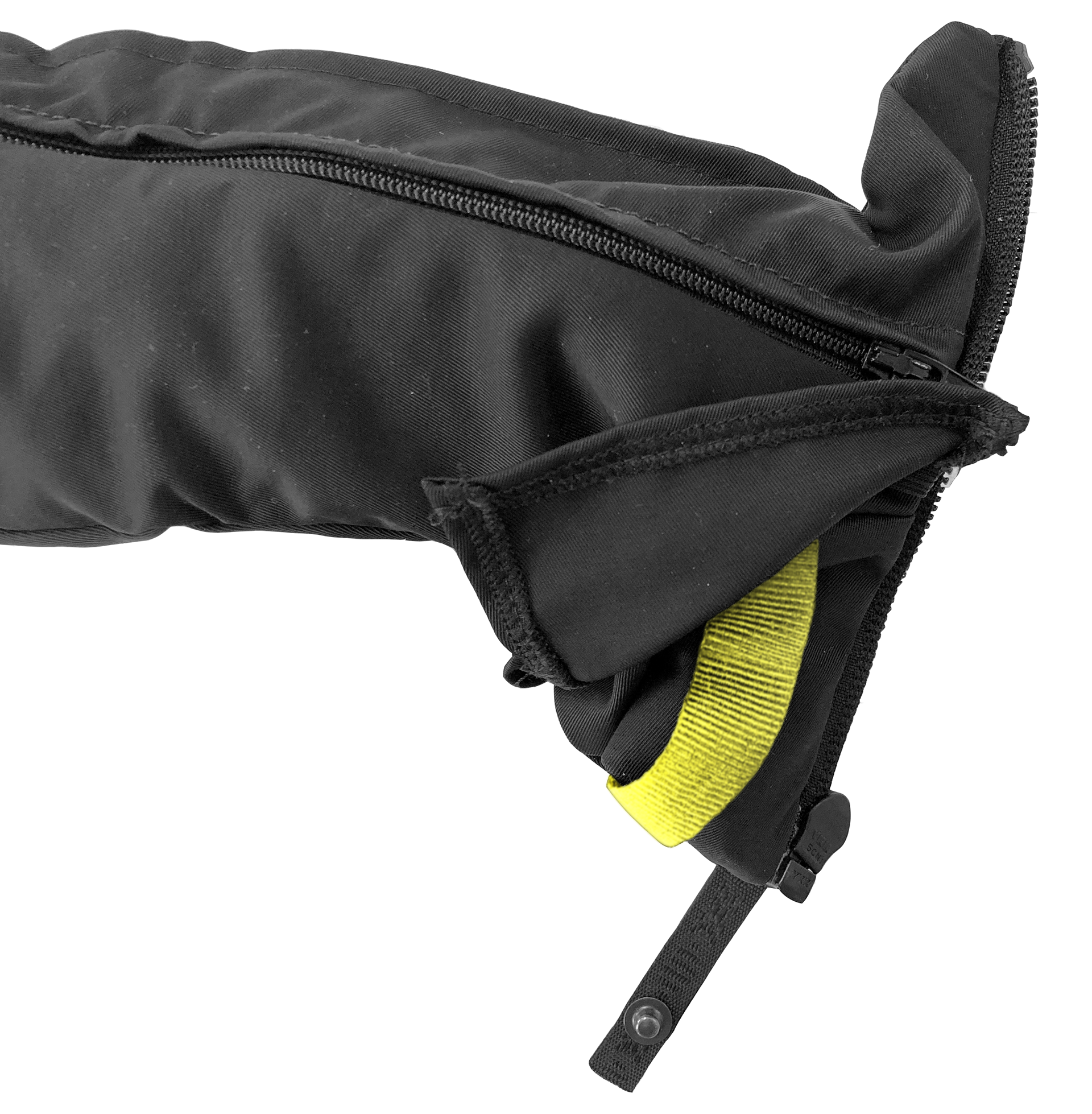
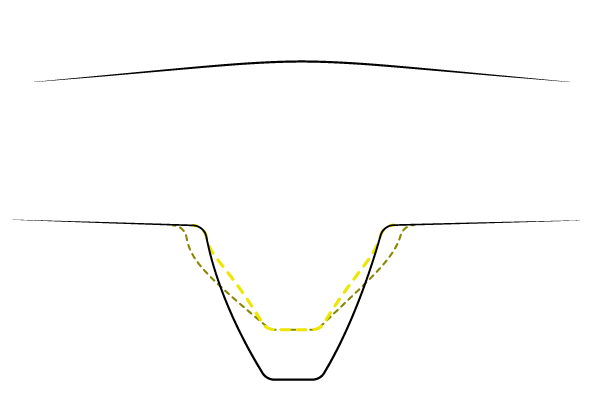
Photos of physical evaluation of buttons, first use observation and real life trials.
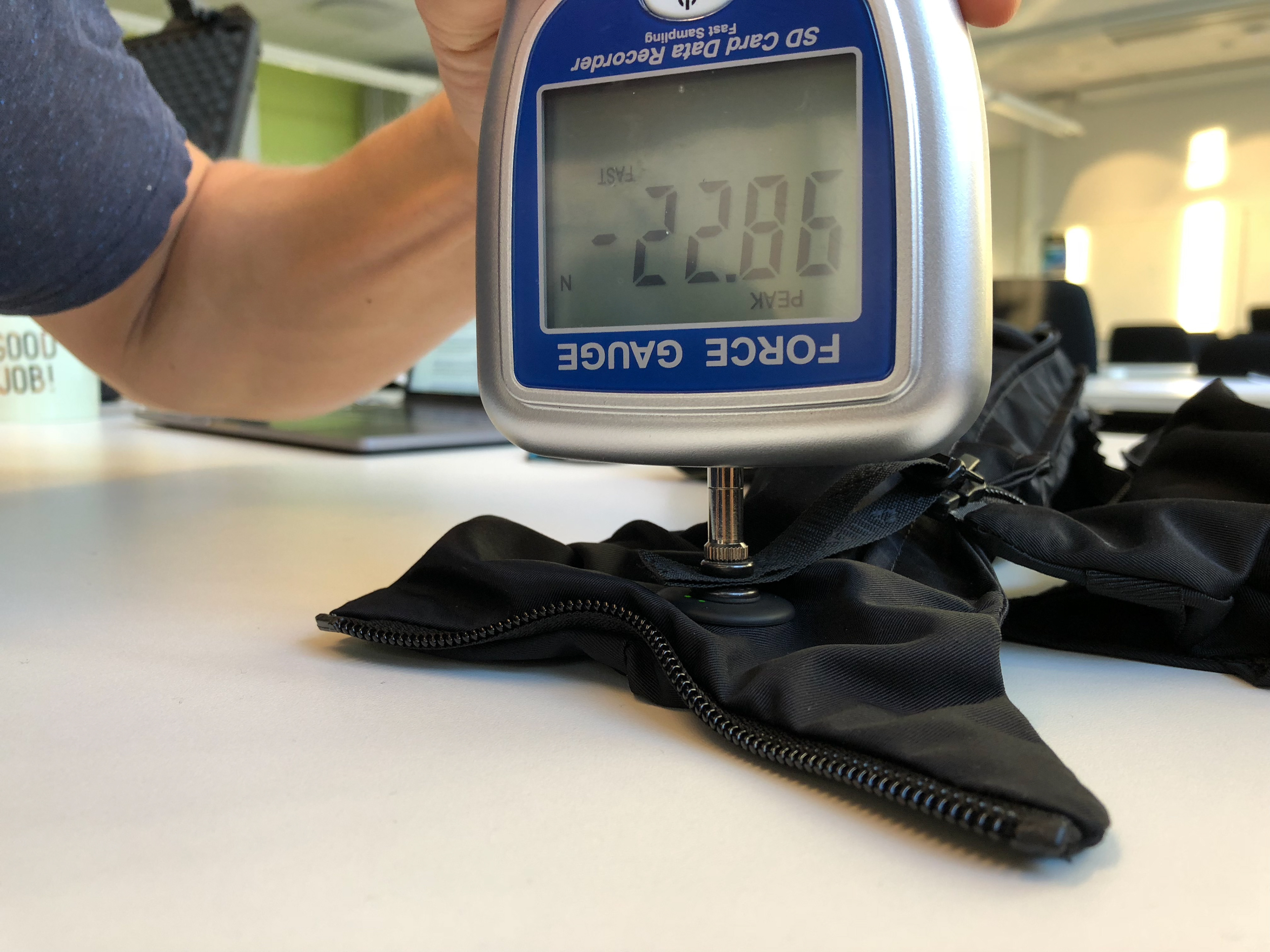
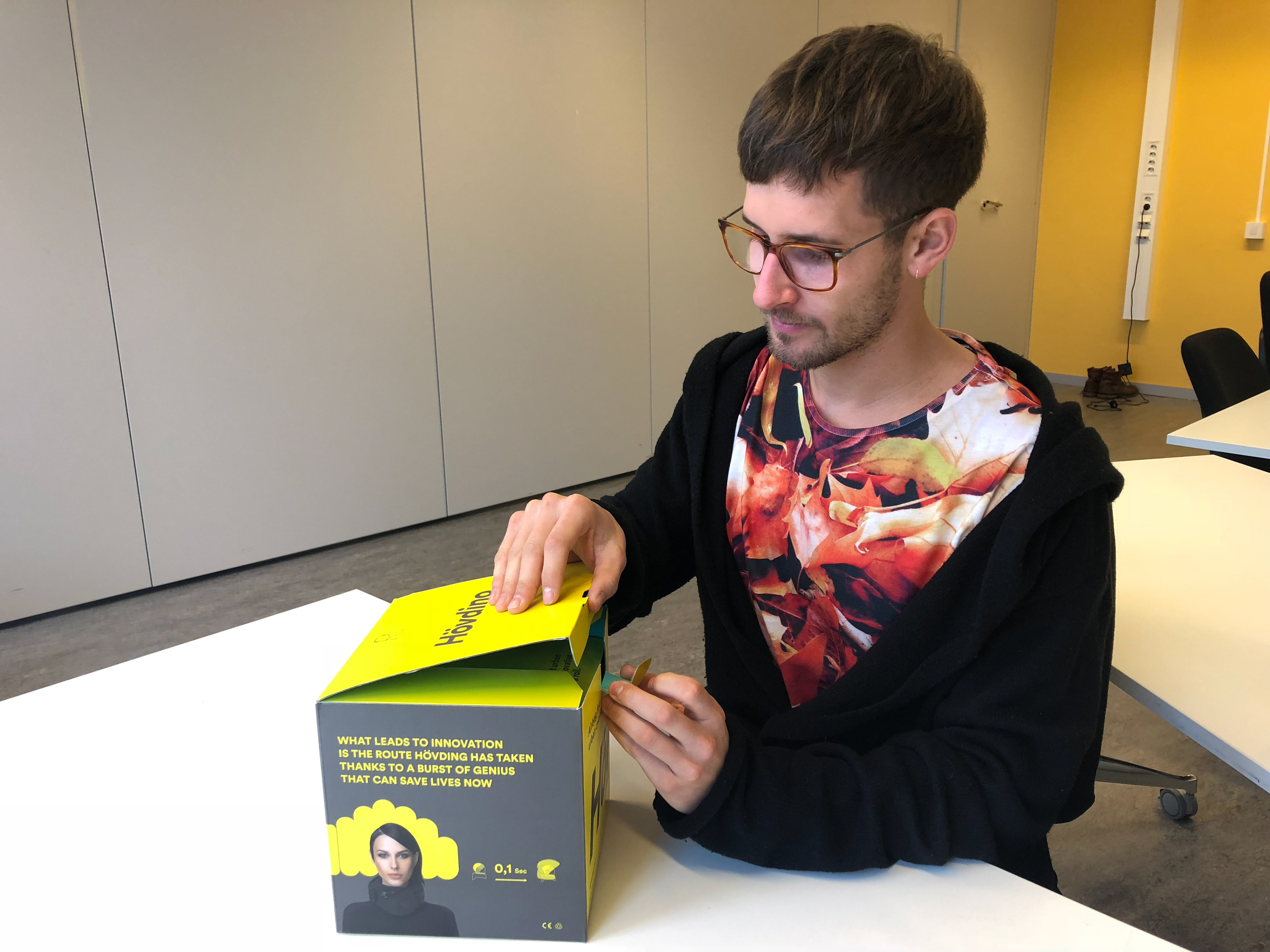
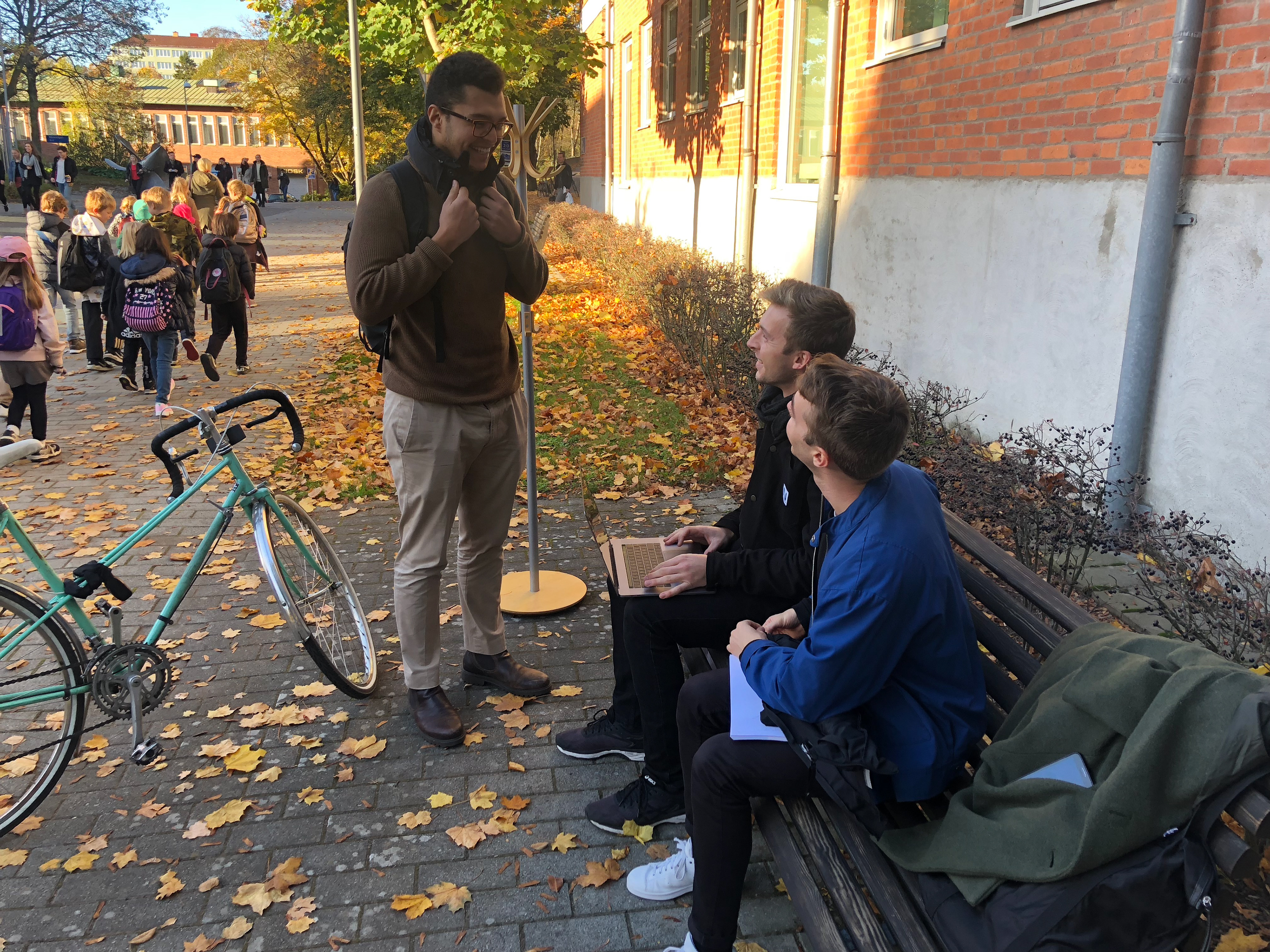
Illustrations from the REBA analysis when the user puts Hövding around their neck.
View of the system that the product is used in.

